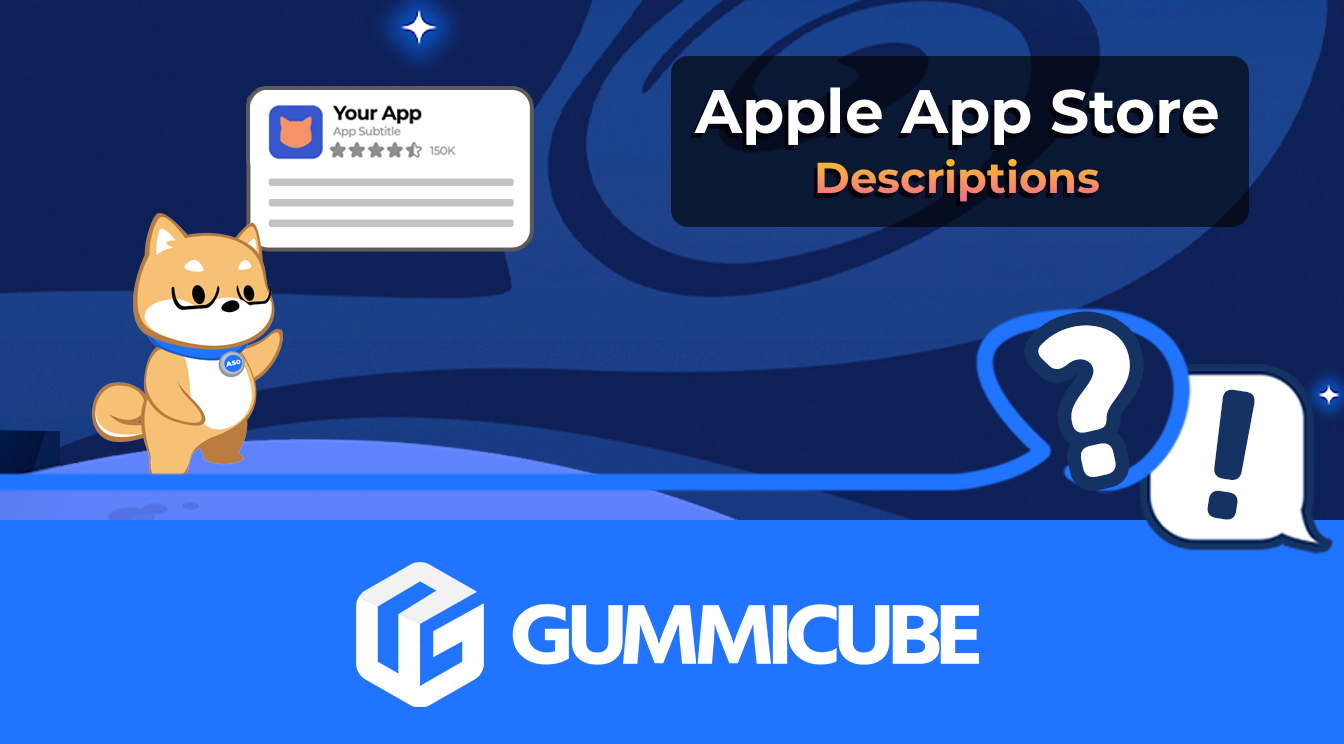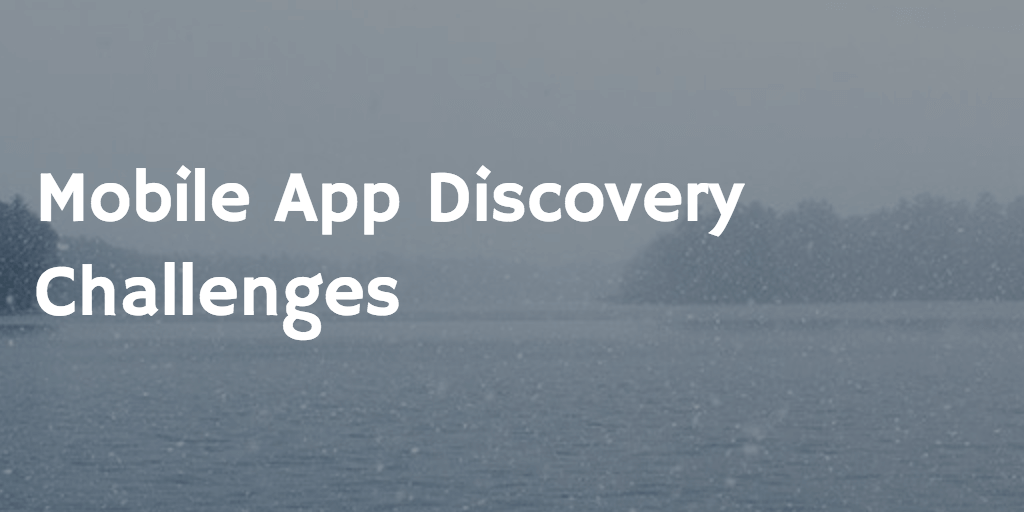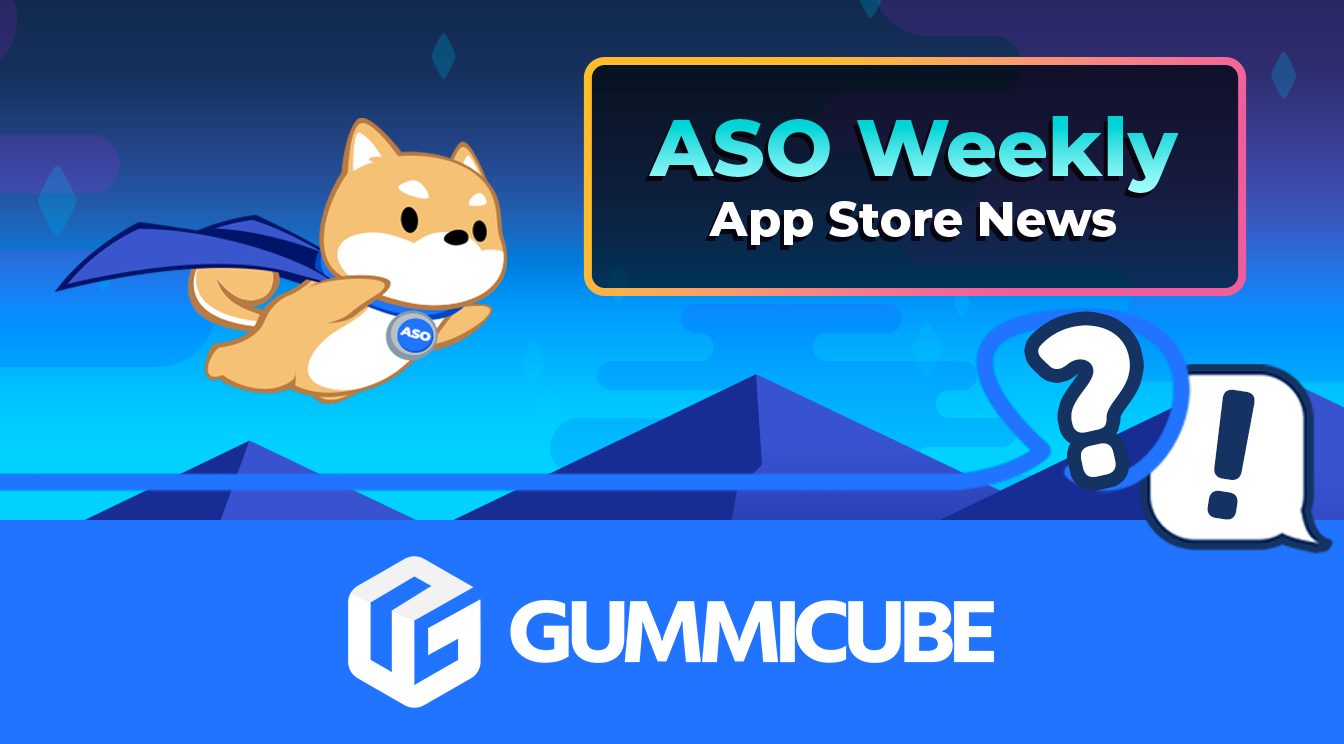
How to Write an Apple App Store Description
Posted on July 17th, 2024
Learn how to approach App Store descriptions the right way so you can effectively engage and convert users.

Apple recently announced there are 1.5 million apps in their app store, Google Play has 1.4 million. Mobile app discovery continues to be a hot topic among mobile app marketers and publishers. From the broad perspective of all search, discovery and marketing , to specific discovery challenges in the app stores - standing out in the app store is becoming more challenging. Recent changes to Apple's App Store make it even harder for apps to gain an initial traction previously found with a listing on the "new to the app store" section.
Benedict Evans of a16z suggests that the two "organic" options for discovery (of anything from mobile apps to books to furniture) are machine learning "If you bought this, you will like this" and curation. He is not bullish on either, stating machine learning can't provide relevant enough recommendations, and curation ends up being too shallow. His conclusion: get used to advertising (spending for traffic).
Mobile discovery specifically has some coming tools that may aid app discovery - namely deep linking or App Links. These tools partly enable apps to communicate with each other and direct link, and also "unlock" the content in mobile apps for indexation by Apple and Google. Presumably, adoption of deep linking would enable the app stores, Siri, Spotlight and Google searches to return relevant app results impacting discovery tremendously. Eric Seufert of Mobile Dev Memo and VP of User Engagement at Rovio isn't as optimistic saying:
Deep linking is a marketing tool, not a quality proxy.
While deep linking is not mobile's version of PageRank, it can be a tool for relevance if not quality.
Even if landing at the top of the app charts is extremely impactful, those spots are taken by portfolio apps (Facebook and Facebook Messenger) and apps who have made huge investments in buying installs (Clash of Clans, Candy Crush). Most apps are not competing with Facebook. Most apps have a core audience and a feature set that differentiates their app and solves a problem for their audience. Connecting to that audience is the key.
Consider 83% of apps in Apple's App Store are "zombie" apps, or apps that do not appear on any top list (free, paid, grossing) for any category or sub-category for more than 20 days of the month being measured. At the time of the last report (before Apple's recent app store changes), there were 23 categories and 18 subcategories each with free, paid and grossing top 300 lists. The number of apps, the top of the charts, even the vanity metric of "downloads" distracts us from our primary goal -to identify and connect with our audience. This starts with an app listing that utilizes modern app store optimization strategy, and continues to optimize metadata and creative elements for a changing marketplace. Your audience is frustrated with app discovery as well. By identifying the way your audience searches the app stores, you can rise above the noise and be exactly where they are looking in their app store search results.

Learn how to approach App Store descriptions the right way so you can effectively engage and convert users.

Learn how to grab your audience's attention through effective and engaging app store preview videos.

Welcome to this week’s ASO Weekly - The App Store halts gambling ads amidst outcry and the Apple takes a bite out of NFT app sales.